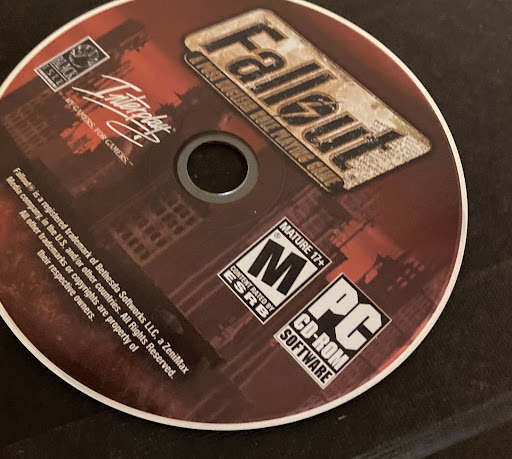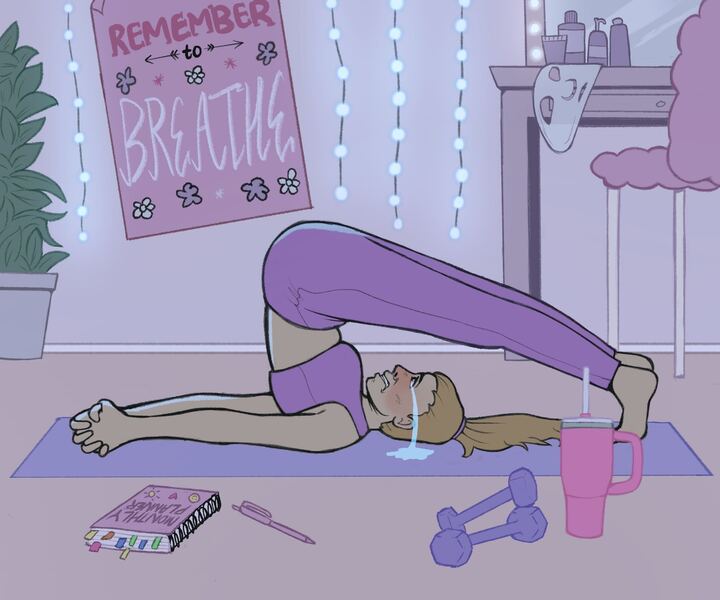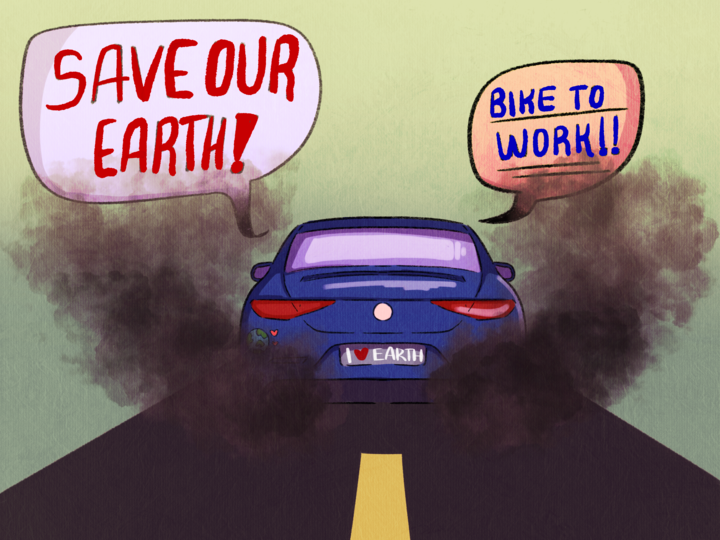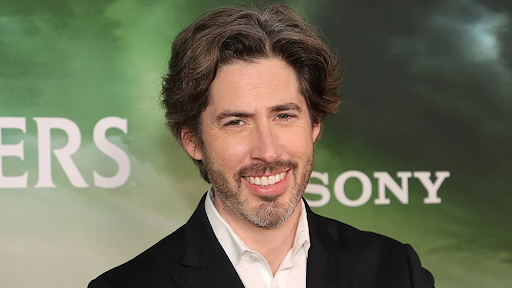
Cancerous parasites. Vile things that steal water from the earth, taint it with poisons and chemicals of fell bloom, abhorrences that leave wastelands of nothing but themselves at the behest of their masters. I am, of course, talking about lawns.
They started in Europe where they were originally a symbol of the aristocracy, but with technological improvements, they have spread like a vegetal cancer across the Union thanks to that status and then as a sign of “beautification.” But, theirs is a thirst that is drying out our homelands.
Why else would cities from Las Vegas, Nev., to Los Angeles, Calif., be trying to ban the damned things? They are water hungry — so much so that around 50-70 percent of U.S. water is used for landscaping, and most of that landscaping is lawns. This is a problem considering we are in the middle of a desert, with a severe drought to boot. In LA and other parts of California, that severe drought is threatening America’s food supply.
Yet, people still protest because “Grass is pretty!” and they’re “For the children!” Never mind the fact that children also need the drinking water lost to these horrid things at unsustainable rates, contributing in no small part to our water being used at double the rate it should.
Lawns also use fertilizers and lawn care tools that emit enough greenhouse gasses to make Santa Claus cry, and their impact is so bad, even NASA essentially said we need to just stop with the damn lawns.
Bermuda grass, the species grown by most Maricopa and Pima County lawn owners, is an invasive species that is insanely difficult to get rid of.
Still, even on our very own campus, we can’t-stop-won’t-stop with the lawns. It’s time we as a desert society ditched our lawns, starting with those of the UA campus.
There are plenty of ways we can fix this that aren’t gross, plastic pseudo-lawns, most notably xeriscaping, aka landscaping with stuff that should actually be growing here in the first place.
There are even these lovely “seed bombs” to get you started on your environmentally-appropriate yard cover called Seedles, which add region-specific varieties of wildflowers and can help prevent declining bee populations.
So, perhaps we should get a different way to beautify the world than just fields of strangling, devouring, earth-poisoning green, and rip out the UA’s lawns and replace them with self-sustaining, less-costly desert life. Or, at least have some of you gardening-anarchists out there start dropping Seedles along the UA Mall.
_______________
Tom Johnson is a film & television studies junior. Follow him on Twitter.








